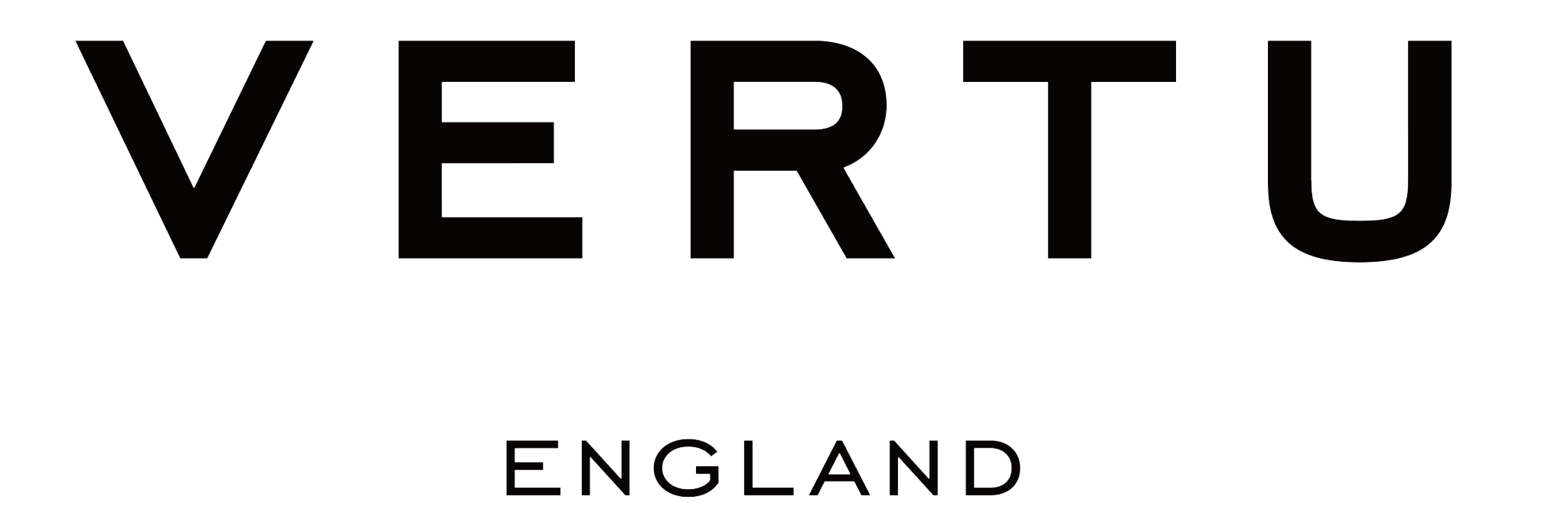At the beginning of 2018, some people decided to become pioneers in the red ocean of the cryptocurrency market by venturing into crypto gaming, while others invested in the argument that cryptocurrencies would accelerate the large-scale adoption of open economic foundations in the virtual world. Investing in blockchain games in 2018 was a profitable strategy. Crypto games have always been direct beneficiaries of the “M” word’s mind share, and leading consulting firms predict a metaverse market of $5-15 trillion by 2030. It’s not just that blockchain games in 2018 were “right” (at least financially), but that they were deeply “non-consensus.” Anyone talking about cryptocurrencies in the gaming industry would immediately be written off as belonging to investors who were not taken seriously. In this case, beta values were more important than alpha values, and riding the wave was more important than picking individual winners.
However, the situation is different now. Although crypto games still have their vocal detractors (and this will continue for some time), the change in 2021 was the rise of Axie Infinity. Crypto games had their first financial breakthrough, and investors’ questions shifted from “Should I invest in this company?” to “Can I afford not to invest?” With 100x token opportunities everywhere and a flood of DeFi-turned-crypto gaming investors entering the market, it’s clear that crypto games are no longer non-consensus. We particularly recall a large gaming fund whose GP claimed not to believe in blockchain in 2019, and they are now investing almost all of their funds in crypto games at what we consider to be indiscriminate prices.
According to data from Delphi, since 2021, approximately $500 million has been invested in blockchain games, involving around 130 transactions. If a broader definition of blockchain games is used, DappRadar x BGA believes that this number is about $11 billion since 2021. This is a significant amount of capital for a space that has not yet made a meaningful impact on mainstream gamers.
Howard Marks wrote in a 1993 letter to investors, “The problem is that extraordinary performance only comes from correct non-consensus predictions, but non-consensus predictions are difficult to make, difficult to be right about, and difficult to act on.”
Despite the hype surrounding the years 2021 and 2022 for crypto gaming, we have done our best to avoid simply following the hype. Amidst the noise, we are proud to have worked with many talented entrepreneurs to advance the field while highlighting key issues surrounding unsustainable economies, high valuations, lack of team experience, and structure/监管 (regulatory oversight).
- Sustainability: In the past two years, it seems that there have been an infinite number of unsustainable Axie clones. To some extent, we have had to ignore any pitch that includes the words cryptocurrency, blockchain, or metaverse. We rarely consider how games can generate organic, sustainable player demand beyond speculation, or how to design containers that can absorb token supply.
Integrating speculators/whales into the gaming experience without undermining the enjoyment of the broader player base is a difficult design paradigm that the market has not yet cracked. We believe that there is much to learn from Web2 open economy games such as EVE Online and the “SLG” (Simulation Life Game) genre from Chinese publishers who are skilled at modern mobile monetization. Those most likely to succeed are those who excel at player conversion and retention in the Web2 space and actively experiment with Web3 elements while retaining the greatest design flexibility (note: token sales represent a selling option).
-
Valuation: In the past two years, token pricing has felt more like an options pricing model than a fundamental investment analysis problem: the lock-up period, liquidity depth, and narrative heat (“option duration and volatility”) of token opportunities have been fully weighed against the discount on the spot or the expected market value at listing (“option price”). During this period, being the first to exit the speculative hot potato was more important than fundamentals or fully diluted valuation (FDV).
-
Experience: The biggest risk in game investment is not whether a particular game succeeds, but whether the studio can deliver the product. Many cryptocurrency investors have now realized that they are effectively investing in a cryptocurrency game SPAC (raising funds, needing a team) rather than a real game studio. This is a good time to be an outsourcing studio.
-
Structure/Regulation: There are some fundamental issues around what the token actually entitles investors to. Most cryptocurrency games will continue to generate fiat income, but token holders have no contractual claim to these profits. Even if a studio wants to distribute economic rights to token holders, it may not be able to do so without violating securities laws. However, the wave of cryptocurrency investors who only want tokens because they provide a shorter liquidity path (1-3 years) than equity risk terms (7-10 years) has caused significant confusion in the funding market. No one asks the obvious question: if your virtual currency is only related












